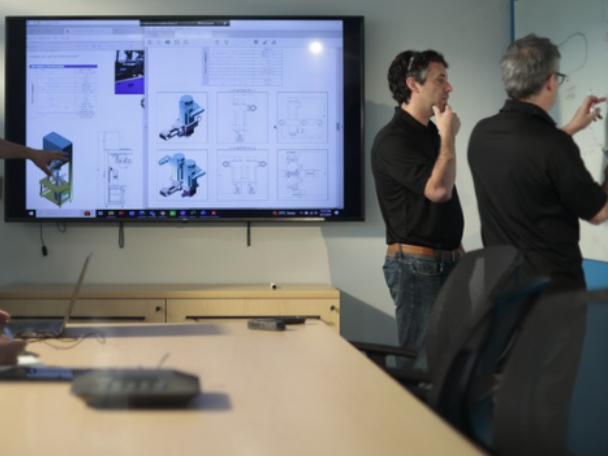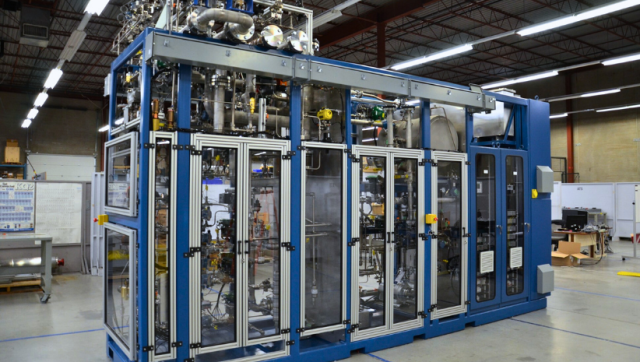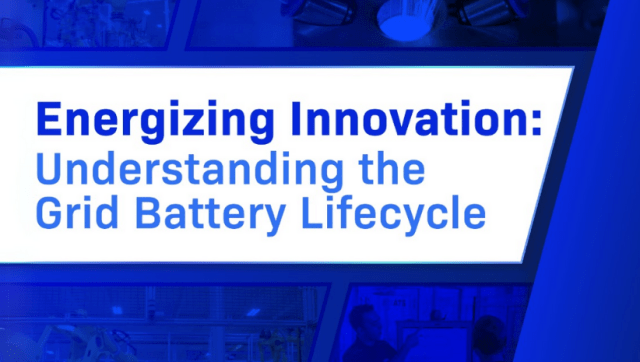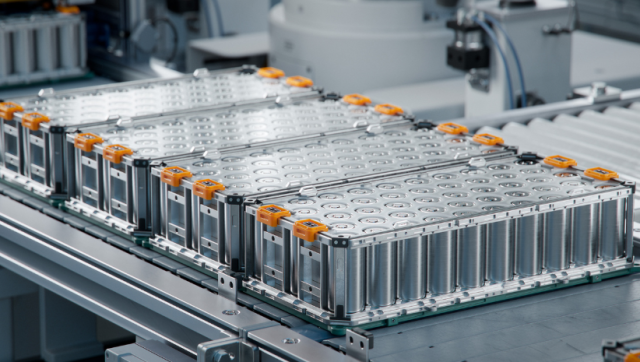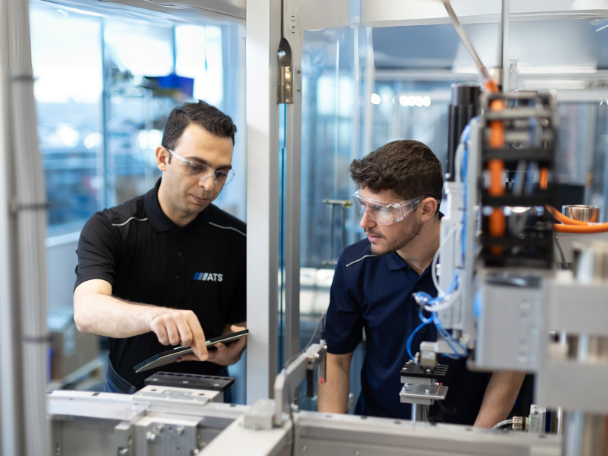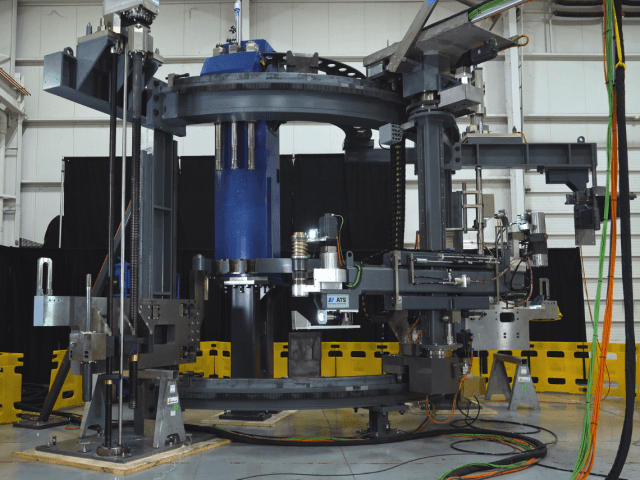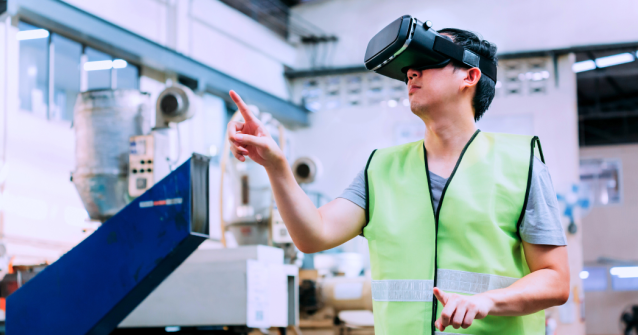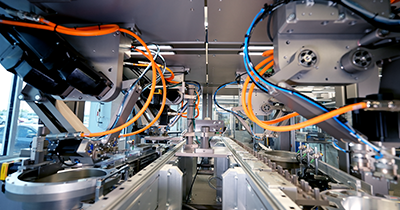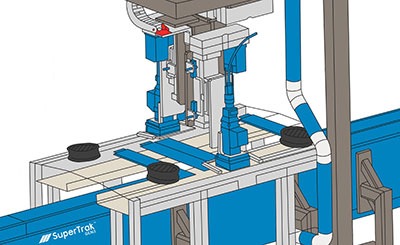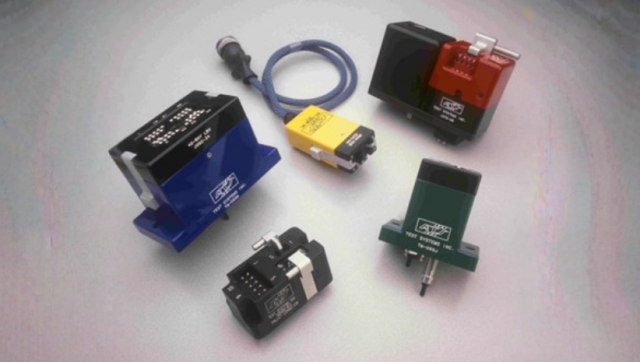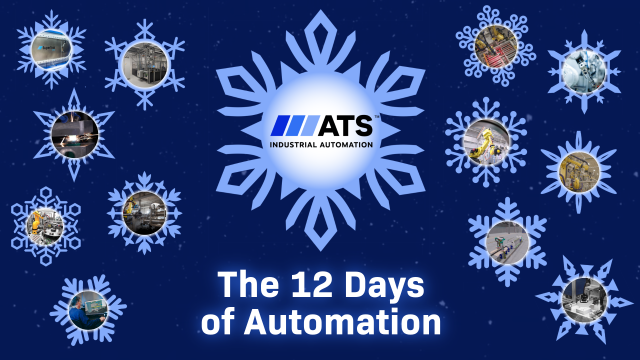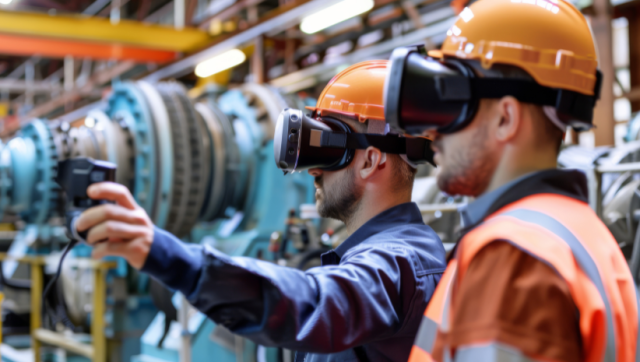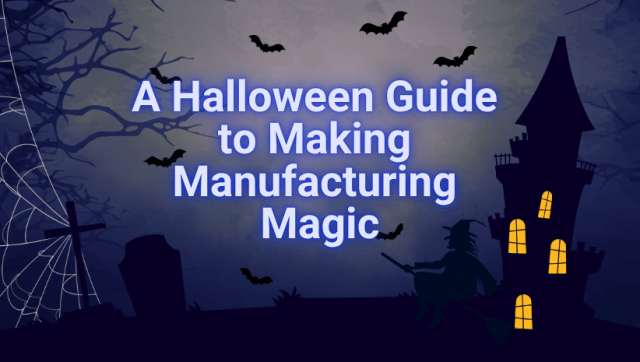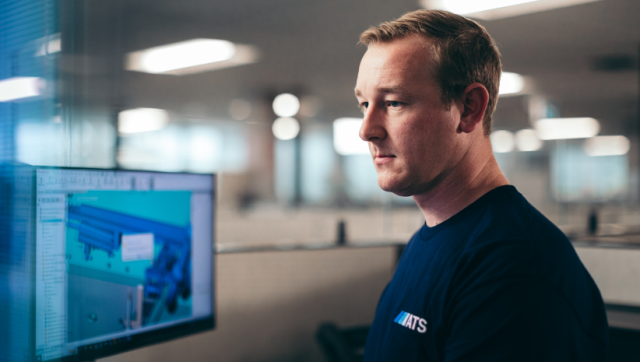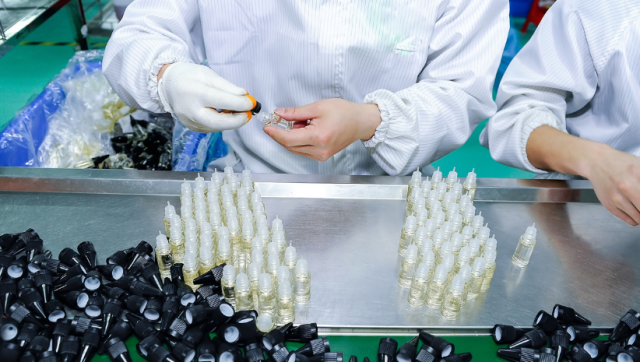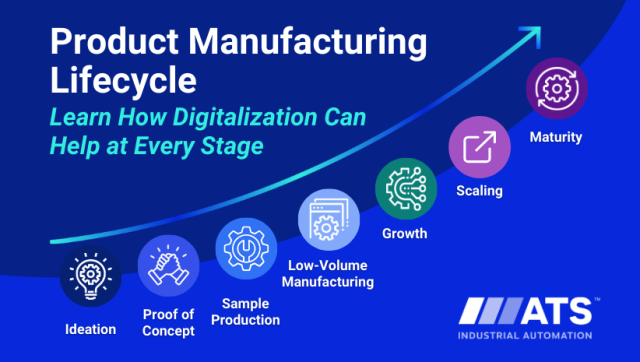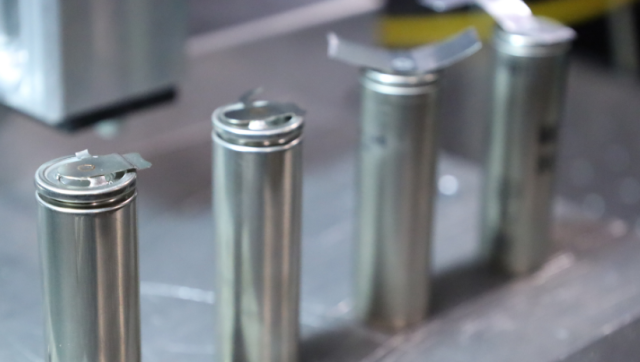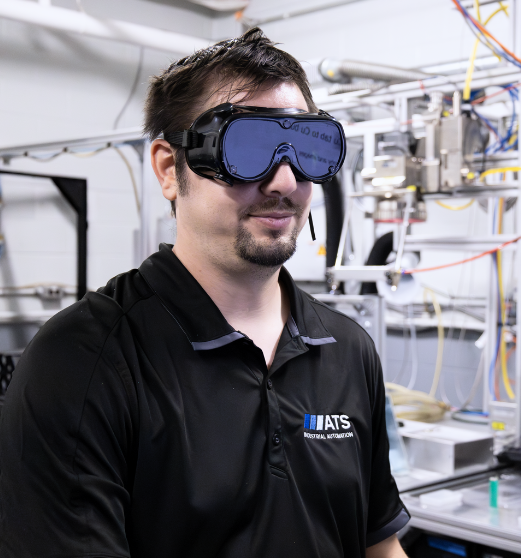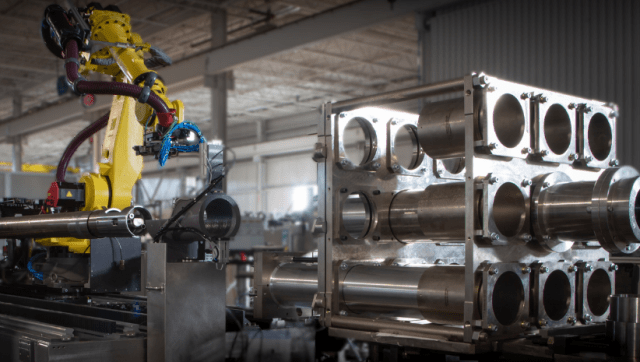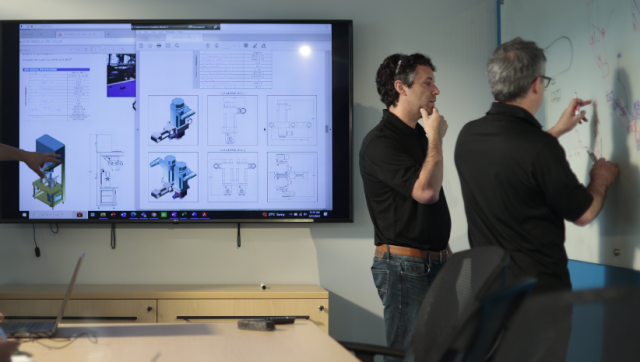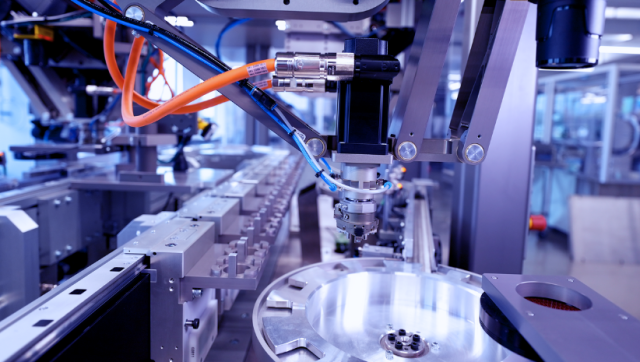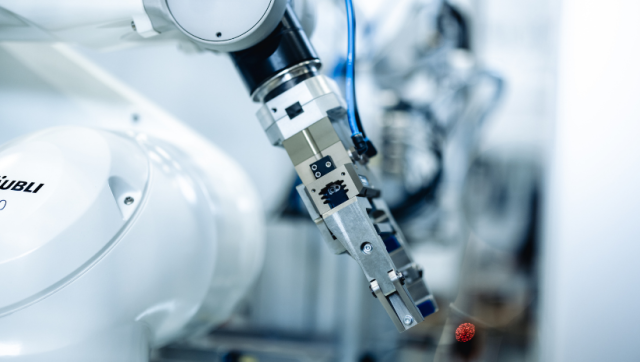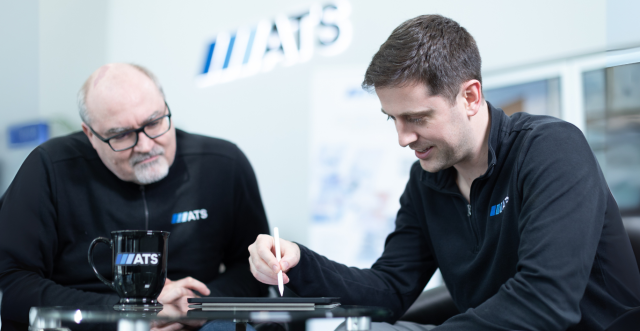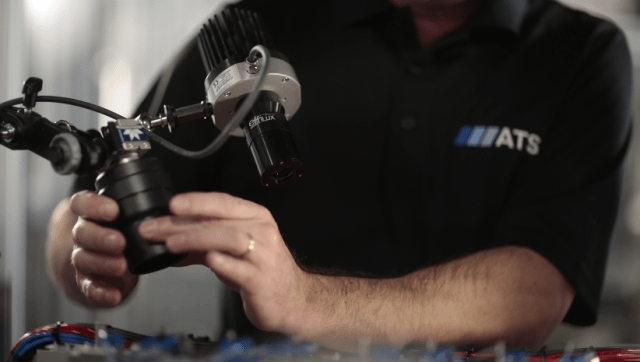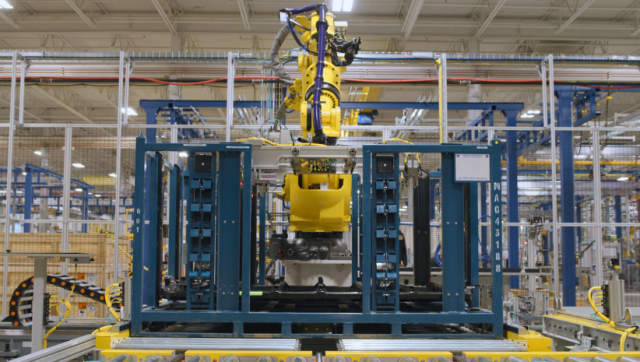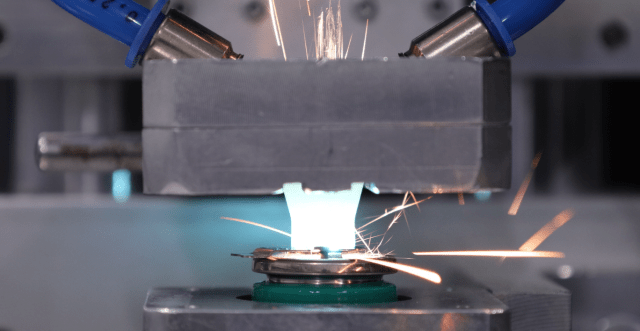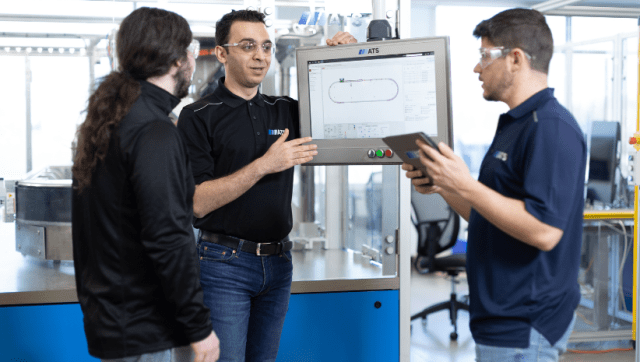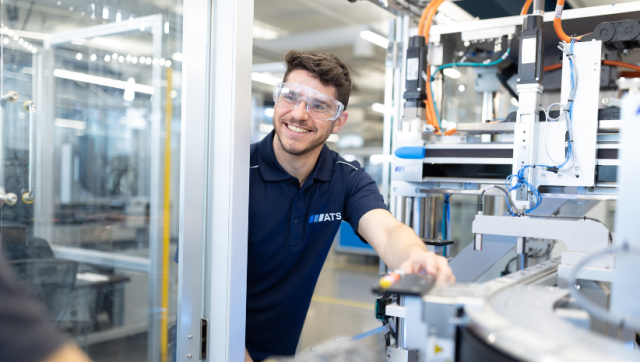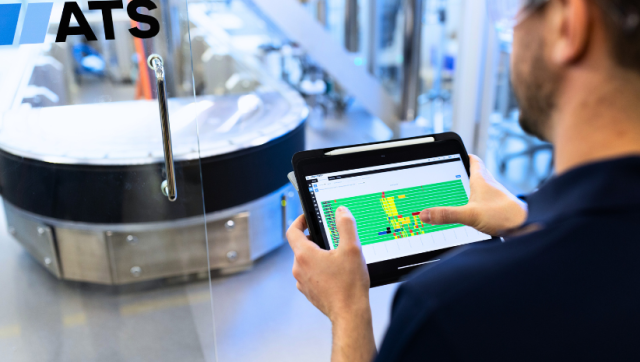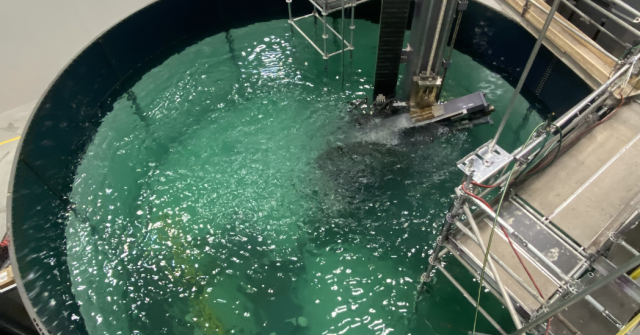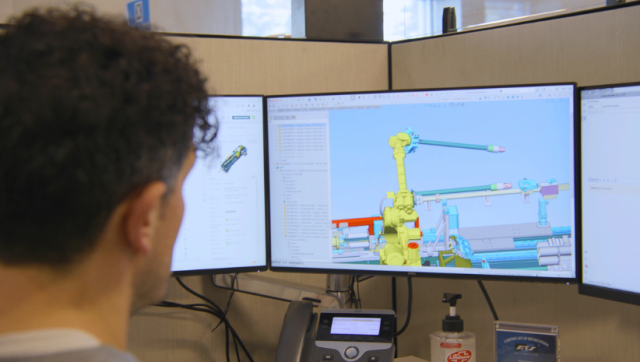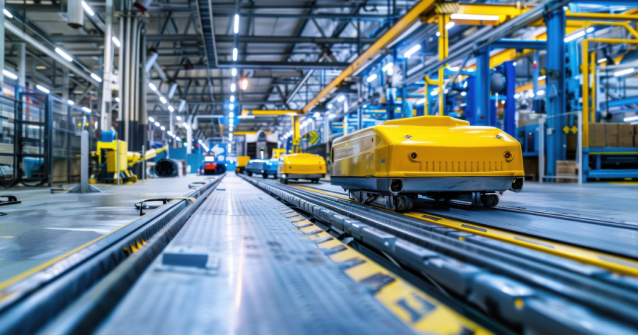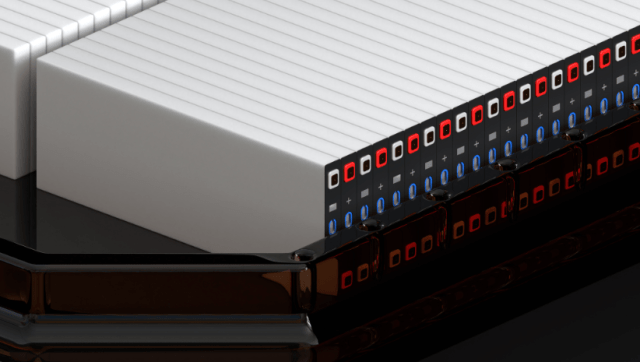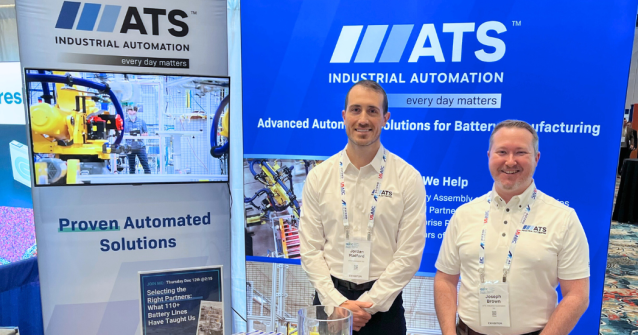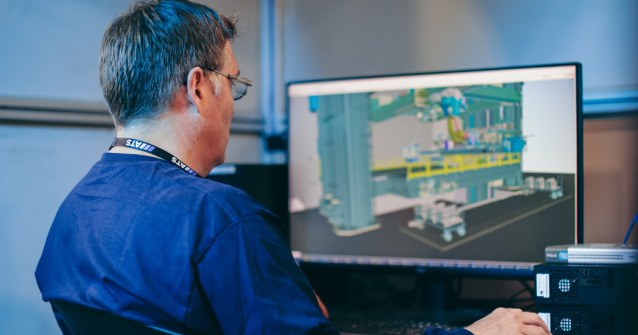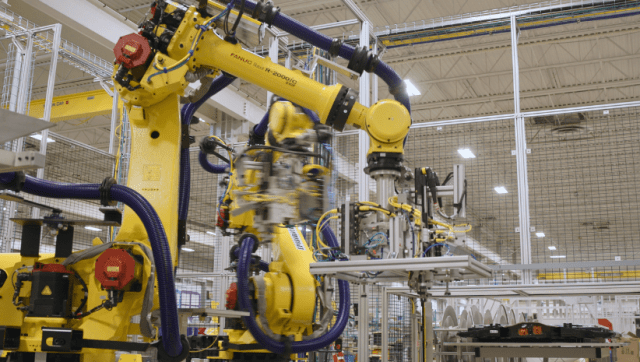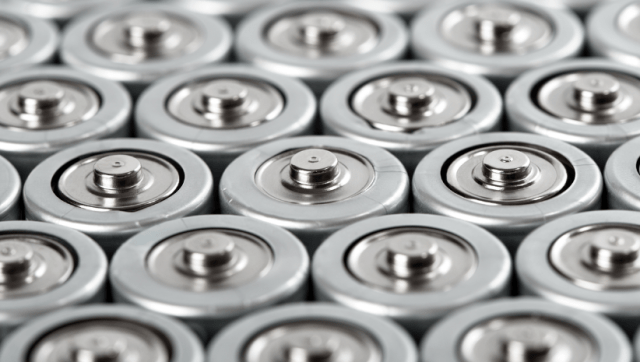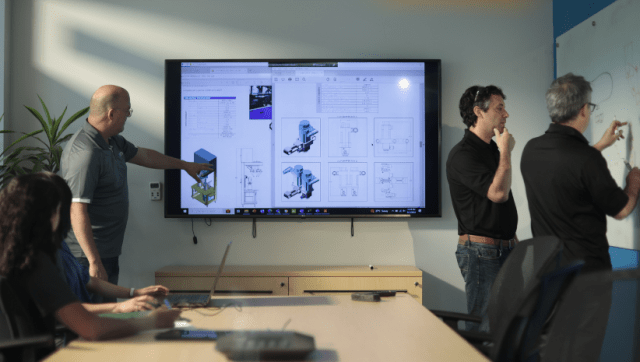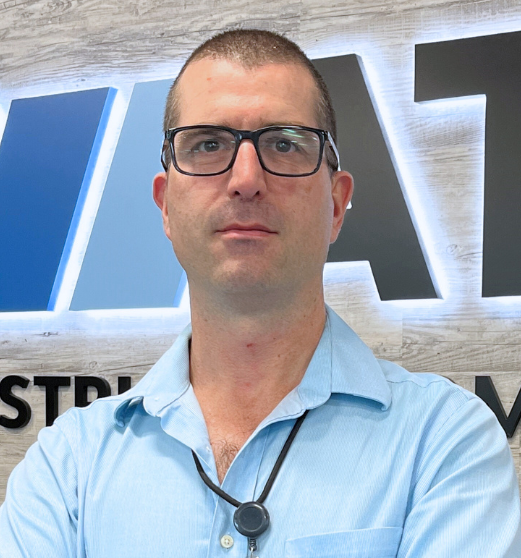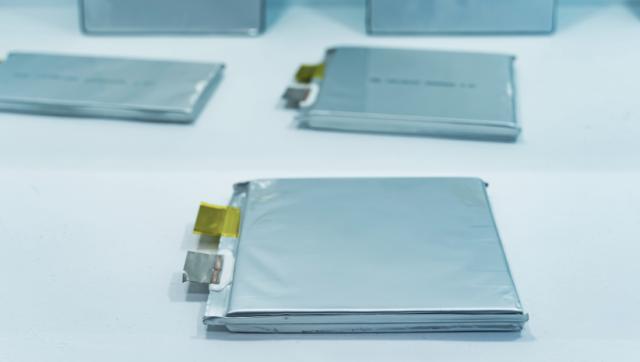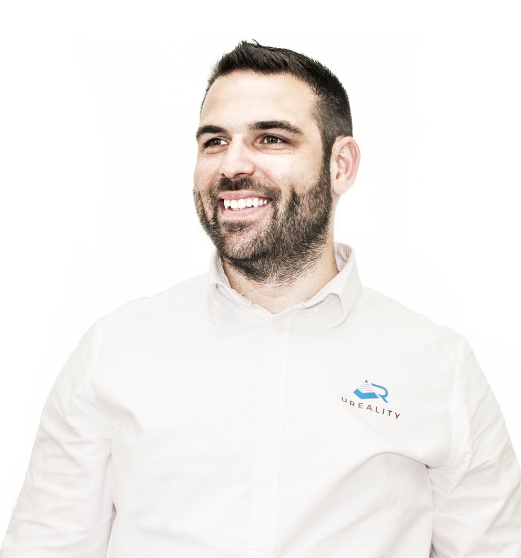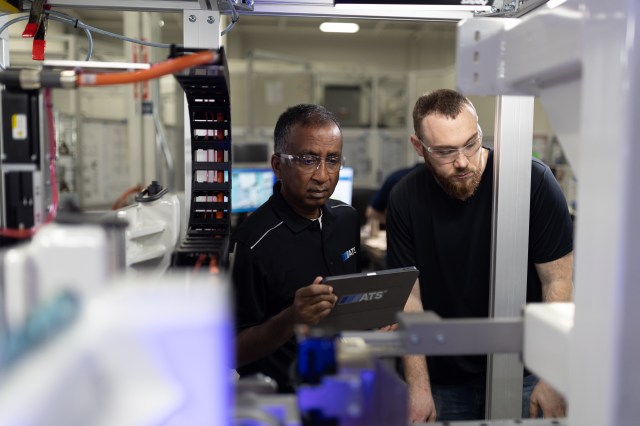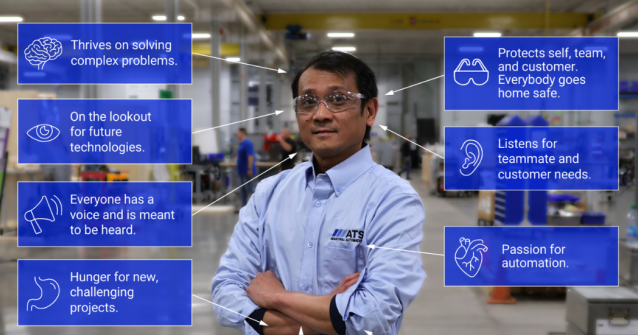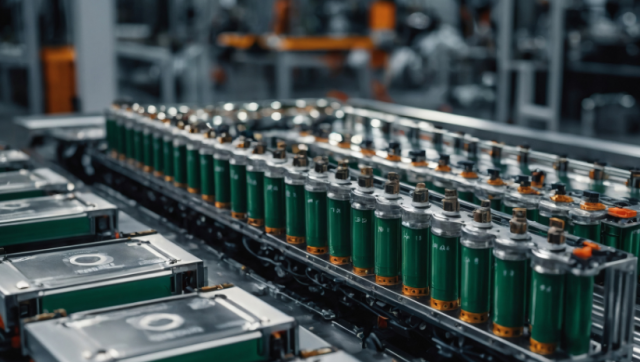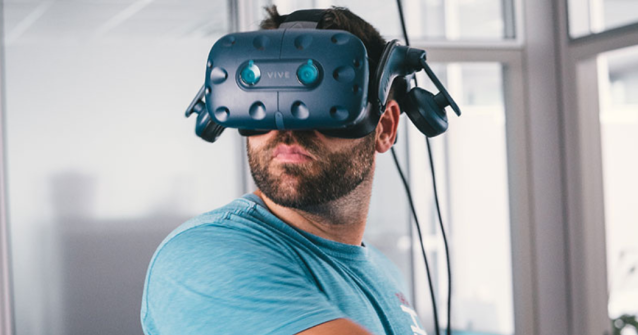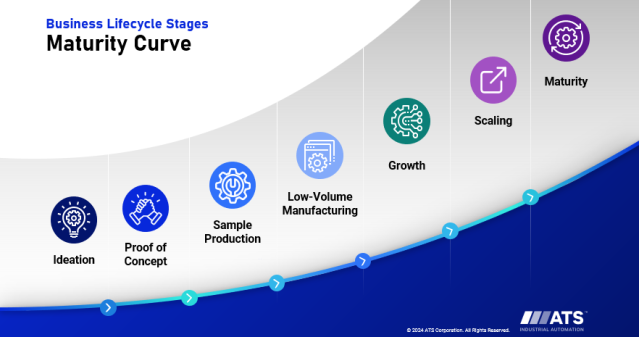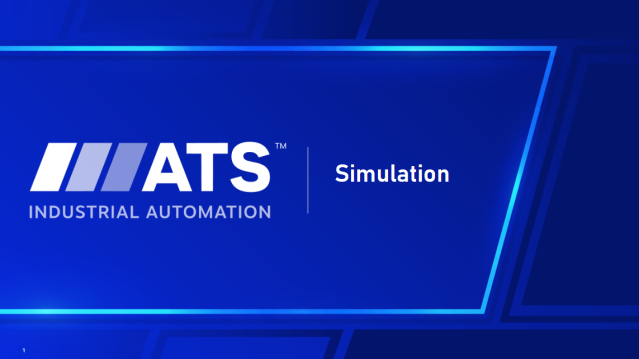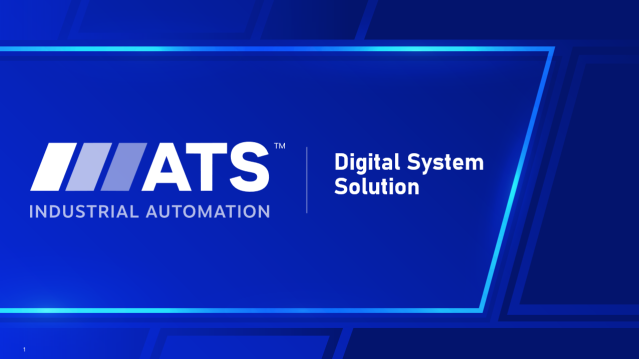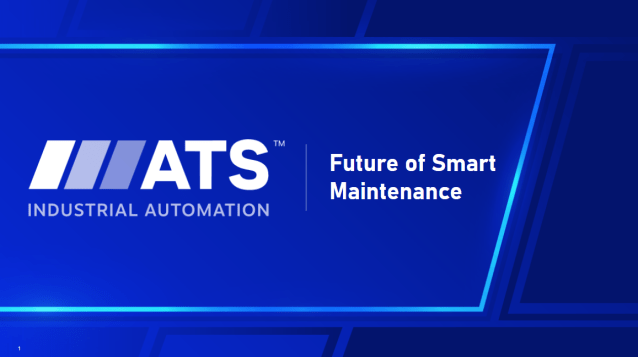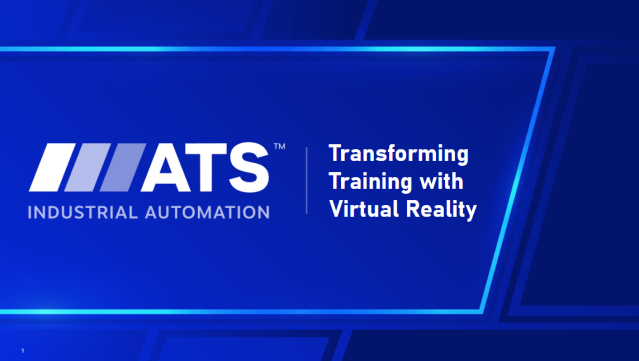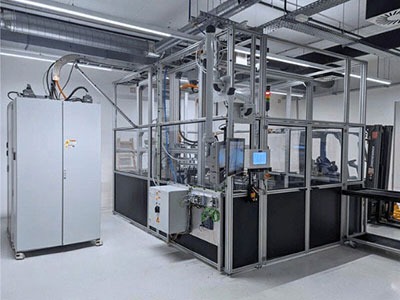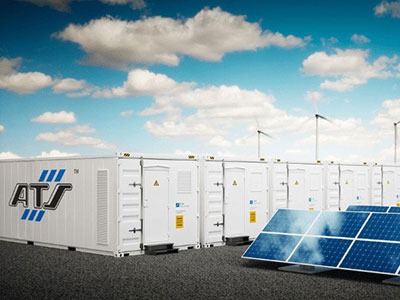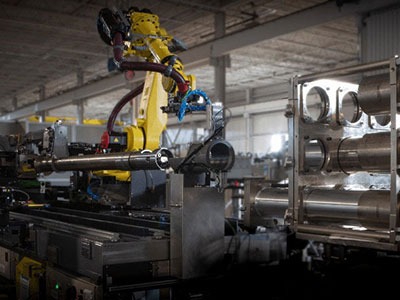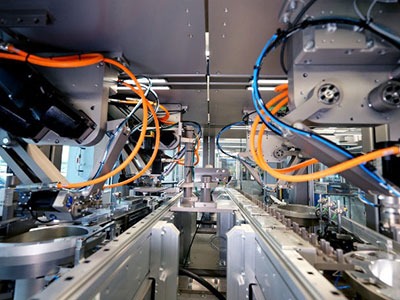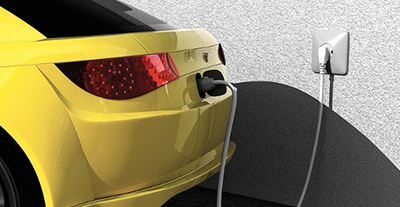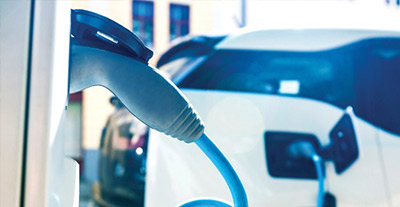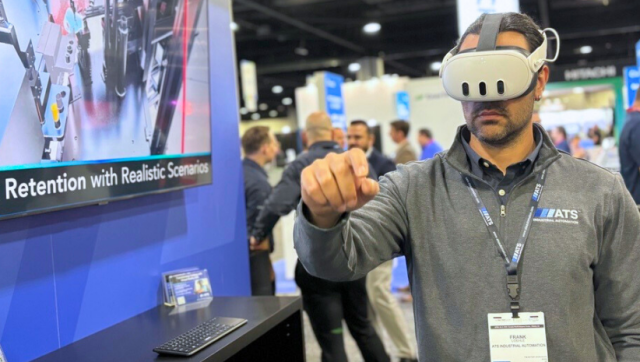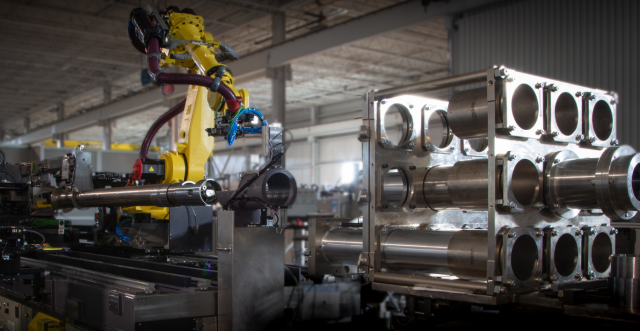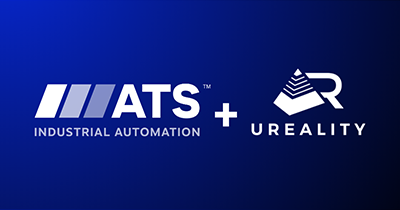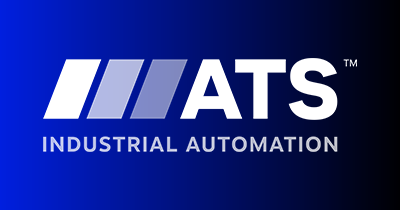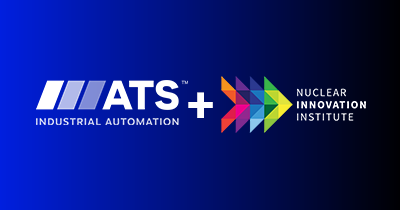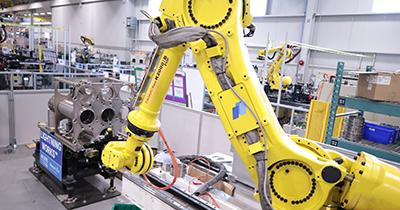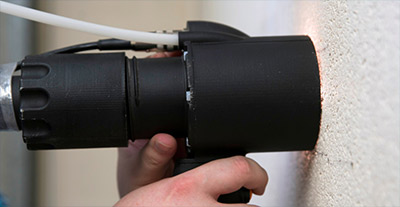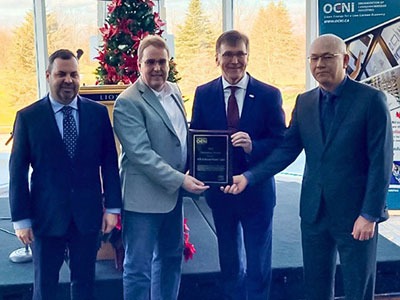As the largest battery and H/EV technology expo and conference in Europe, The Battery Show Europe is an event like no other to discover the latest innovations and discuss the key issues facing the BESS and EV industries. And the 2024 event was no exception.

Over the three-day event, the ATS Industrial Automation team had the privilege of meeting with Europe’s foremost and emerging battery experts. While each conversation was unique, some common themes did arise. The following Top 5 Key Insights underscore how battery manufacturers are seeking proven solutions to automate and scale their battery assembly and testing:
1. Digitalization of Battery Production Lines
Our VR battery module assembly line demo was a hit with visitors, and no wonder. Digital twin technology is gaining traction as battery manufacturers experience the benefits of simulating a physical machine in a virtual environment. As a pivotal next step in that technology, System Twin is the digitalization of the entire production line at a system level, including the attributes, operation, integrations, processes, and performance of each machine and device within that line. Tasks such as testing, integration, and commissioning, can now occur in a virtual environment before the physical line is built.
2. Scaling Battery Production
Battery manufacturers want the ability to scale their production as efficiently as possible. A modular line design, based on standardized machinery and processes, is one approach for upscaling to meet future demand. Standardizing the machinery, processes, and data integrations and controls provides a foundation on which to add more lines; the parameters and benchmarks of that initial equipment have already been validated and can be quickly replicated. A modular design allows future cells and stations to be designated within the line’s footprint. This is where system twin technology adds value; it can help manufacturers plan future evolutions of their production lines.
3. Laser Welding During Battery Production
Laser welding is a crucial step in the battery assembly process. During the pre-process stage, this necessitates an intelligent laser processing and welding system that can detect and align 3D part geometries with micron-level accuracy. In-process, this same system combines robotics, vision sensors, and laser welding with real-time monitoring to issue an immediate weld pass/fail. A single EV battery pack can have 13,000 welds. In a high-volume production site, that means 50 welds per second across multiple welding stations. An automated intelligent laser processing and welding system can deliver high process yield with minimal impact on cycle time.
4. In-Process and End-of-Line Battery Testing
In-process and end-of-line testing remain key topics for battery manufacturers, with a focus on accurate and reproducible test results. The thresholds and tolerances for battery cells, modules, and packs differ, each demanding specific tests to identify defects early in the production process. For example, a battery cell requires Open Circuit Voltage (OCV), and AC/DC Internal Resistance (IR) among other tests to verify its capacity, charge, and voltage. Robust testing hardware and software are needed to support in-process and end-of-line quality checks, as is the ability to analyze and model test results.
5. Battery Manufacturers Want an Experienced Automation Partner
Whether it’s a startup building their first battery line, or a company scaling to gigafactory, battery manufacturers are looking for an experienced automation partner. Experience can encapsulate several interconnected attributes: the number of battery lines built, brand power and history as an automation company, breadth and depth of technical expertise, scale of projects, established third-party partnerships, global presence, and more. The strength of these attributes (110+ built battery lines throughout our 45-year history), as based on the ATS Business Model, are only a glimpse into how ATS Industrial Automation designs, builds, and delivers automated assembly solutions on time, on budget, and on quality.
Although The Battery Show Europe 2024 has concluded, the demand for automated battery assembly and test solutions, and insightful conversation among battery experts, continues year-round. Let our team of automation experts help you plan your next battery production project.
Every battery project is unique. Allow us to listen to your challenges and share how automation can launch your project on time.

Marco Melischko
Director Sales
ATS Industrial Automation
With a background in mechanical engineering and deep experience in special machines and automation systems, Marco helps manufacturers develop tailored solutions that drive performance and long-term success. His career spans roles in design, project management, and product line leadership, with a strong focus on strategic sales and customer partnerships.





